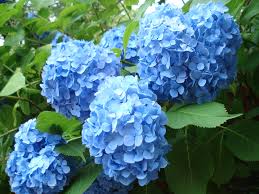 We understand your needs will change over timeHydrangeas grow best in moist, well-drained soil and benefit from some shade. Too much shade though will reduce flowering. Improper pruning can also reduce the amount of flowers. Some advice may be needed for your plants to thrive.
We understand your needs will change over timeHydrangeas grow best in moist, well-drained soil and benefit from some shade. Too much shade though will reduce flowering. Improper pruning can also reduce the amount of flowers. Some advice may be needed for your plants to thrive.
What might be affecting your plant growth and flowering numbers?
Know your variety of Hydrangea. Some varieties flower on new growth, old growth or both.
Warmer winter's with no snow cover or late spring freezes can reduce flowering and can cause dieback. In the fall add additional mulch material to insulate the root system and water heavily so that there is ample water in the soil before you put your hoses away around Thanksgiving.
Know your soil. In addition to having a good structured soil, the PH of the soil will affect the color of the flowers. A slightly acid soil will produce a blue color allowing more aluminum in the soil to be taken up by your plants.
Don't treat your Hydrangeas like Perennials and prune them down to the ground in the fall.
They should only be pruned when the flower heads begin to fade, otherwise you'll risk removing next year's flowers. When pruning, remove fading flower heads and prune back other select shoots to encourage branching and fullness. Hydrangeas that flower on old wood require little pruning.
Hydrangeas that flower on new growth form their buds in early summer, and will flower reliability each year, requiring no special care.
Try drying hydrangea flowers to create a wreath or other decorations around the house.